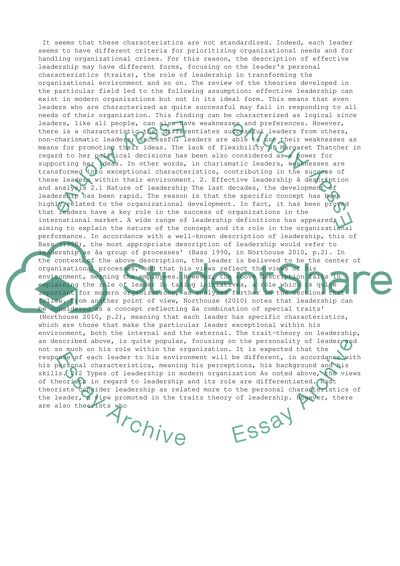Cite this document
(“What is Effective Leadership within an Organisational Context Essay”, n.d.)
What is Effective Leadership within an Organisational Context Essay. Retrieved from https://studentshare.org/management/1442068-drawing-on-examples-of-named-leaders-and-the-key
What is Effective Leadership within an Organisational Context Essay. Retrieved from https://studentshare.org/management/1442068-drawing-on-examples-of-named-leaders-and-the-key
(What Is Effective Leadership Within an Organisational Context Essay)
What Is Effective Leadership Within an Organisational Context Essay. https://studentshare.org/management/1442068-drawing-on-examples-of-named-leaders-and-the-key.
What Is Effective Leadership Within an Organisational Context Essay. https://studentshare.org/management/1442068-drawing-on-examples-of-named-leaders-and-the-key.
“What Is Effective Leadership Within an Organisational Context Essay”, n.d. https://studentshare.org/management/1442068-drawing-on-examples-of-named-leaders-and-the-key.


